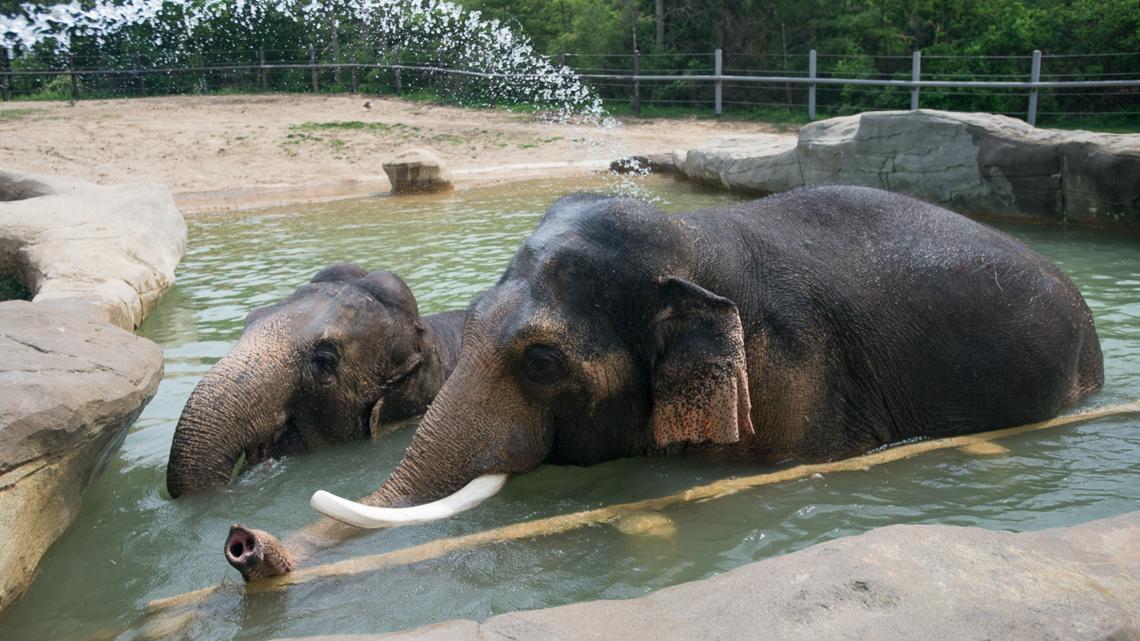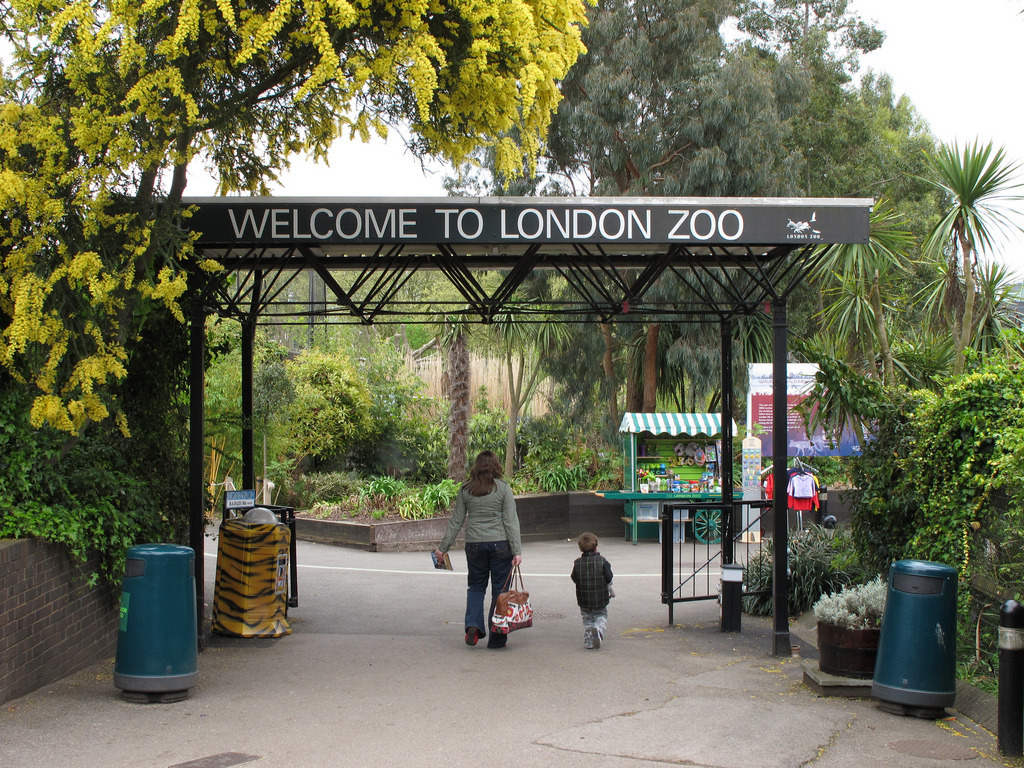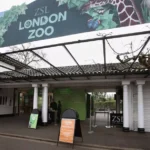It is not just a place where people go to watch animals, but a centre of learning where children and adults can learn and explore the world of animals. Regardless of whether you are a student, a teacher or a life-long learner, there are numerous educational opportunities in London Zoo that make learning enjoyable. Below are the steps that you can follow to go on an educational journey at the London Zoo.
1. School Programs: The title of the article is ‘Bringing the Classroom to Life’.
London Zoo provides a number of different programs which are intended for school groups in particular. These programs are based on the national curriculum, which makes these programs a perfect addition to the class work. Students can join practical demonstrations, guided tours, and information sessions that focus on biology, ecology, and conservation.
Workshops for All Ages: For early years to secondary education, London Zoo offers workshops, which make children interested in the natural environment. These sessions are conducted by professional teachers who incorporate live animals, preserved specimens, and use of videos during their teaching.
Zoo Explorer Tours: These guided tours are designed to take students on a tour of different habitats and ecosystems where they can learn about animals and their behavior, adaptations and the issues facing the animals. The tours are conducted in such a way that students will be encouraged to ask questions and even make comments on what they are being told.
2. ZSL Learning Hub: Teacher Resources
London Zoo is run by the Zoological Society of London (ZSL) and this organisation has plenty of information for educators who wish to incorporate zoo education into their lesson plans. ZSL Learning Hub is a website that offers teachers and students with lesson plans, activities, and other teaching and learning resources that can be used before, during, and after a visit to the zoo.
Online Resources: Teachers can get free teaching aids which include information on various areas of interest such as animal classification, environmental problems among others. These are learning resources that are intended to help teachers in the classroom and improve the students’ grasp of the concepts taught in science.
Teacher Training: London Zoo also has professional development days for teachers. In the workshops and courses, teachers can get acquainted with new approaches to the use of materials on wildlife in lessons, which can contribute to the development of children’s love for nature.
3. Interactive Exhibits: Exploration as a Means of Learning
Most of the exhibits at London Zoo are touch screen based and this makes it possible for people of all ages to interact with the content in some way. These exhibits are very effective in educating people about animals and their natural environment since they provide a real life experience.
Rainforest Life: Visit a tropical rainforest in which you can see animals in their natural environment. There are also games that are displayed in the exhibit which educates the visitors on the rainforest ecosystem and the need to preserve it.
In with the Spiders: This enables the visitors to step into a walkthrough exhibit which is inhabited by flying spiders. It is an opportunity to confront phobias, get to know more about these amazing animals and their importance in the ecosystem.
Butterfly Paradise: Stroll through an environment of free flying butterflies and learn about their life cycle through various exhibits. The exhibit also explains the role of pollinators in their environment.
4. Conservation Education: Creating the Future
Conservation is the main focus of London Zoo and education is an important part of their work to pass on knowledge to the younger generation. The educational activities that are implemented at the zoo are aimed at increasing people’s concern about the situation with many species and to make them active participants in the process of their protection.
Adopt an Animal: Conservation is another area where people can help the zoo by sponsoring an animal. It assists in supporting the necessary conservation projects and gives the adopters more information about their selected species, thus making them more involved in wildlife conservation.
Campaigns and Events: London Zoo has a number of events and campaigns that are held on a regular basis and are aimed at the conservation of species. These events allow the visitors to gain knowledge on issues like loss of habitat, change in climate and species becoming extinct and how they can contribute to change.
5. Family Learning: Entertainment for Young and Old
Education at London Zoo is not limited to the learners but also the families can also come for learning sessions. The zoo provides entertainment for children in a way that educates them on animals and conservation in a fun manner.
Junior Keeper for a Day: This program gives children the opportunity to have a feel of what it is to be a zoo keeper. They are able to follow the zoo workers around and assist with the care of the animals and learn what the day to day jobs of the zoo employees are.
Animal Adventure Play Zone: This is a play area for the young children with the intention of having fun and at the same time learning. Children can climb and explore and have fun all at the same time while learning more about the animals in the zoo.
Conclusion
London Zoo is a centre of learning and fun all rolled into one. In its various programs, displays, and wildlife preservation activities, the zoo provides the public with a chance to study the world of animals and become inspired by it. Irrespective of whether you are a student on a school trip, a teacher, or a family that is out for a day of fun and learning, there is something in London Zoo for everyone. It is time to start your learning journey that will help you get more knowledge about animals and make you more responsible towards their planet.








